How to Guarantee Construction Quality in Bali: Practical Tips and Solutions
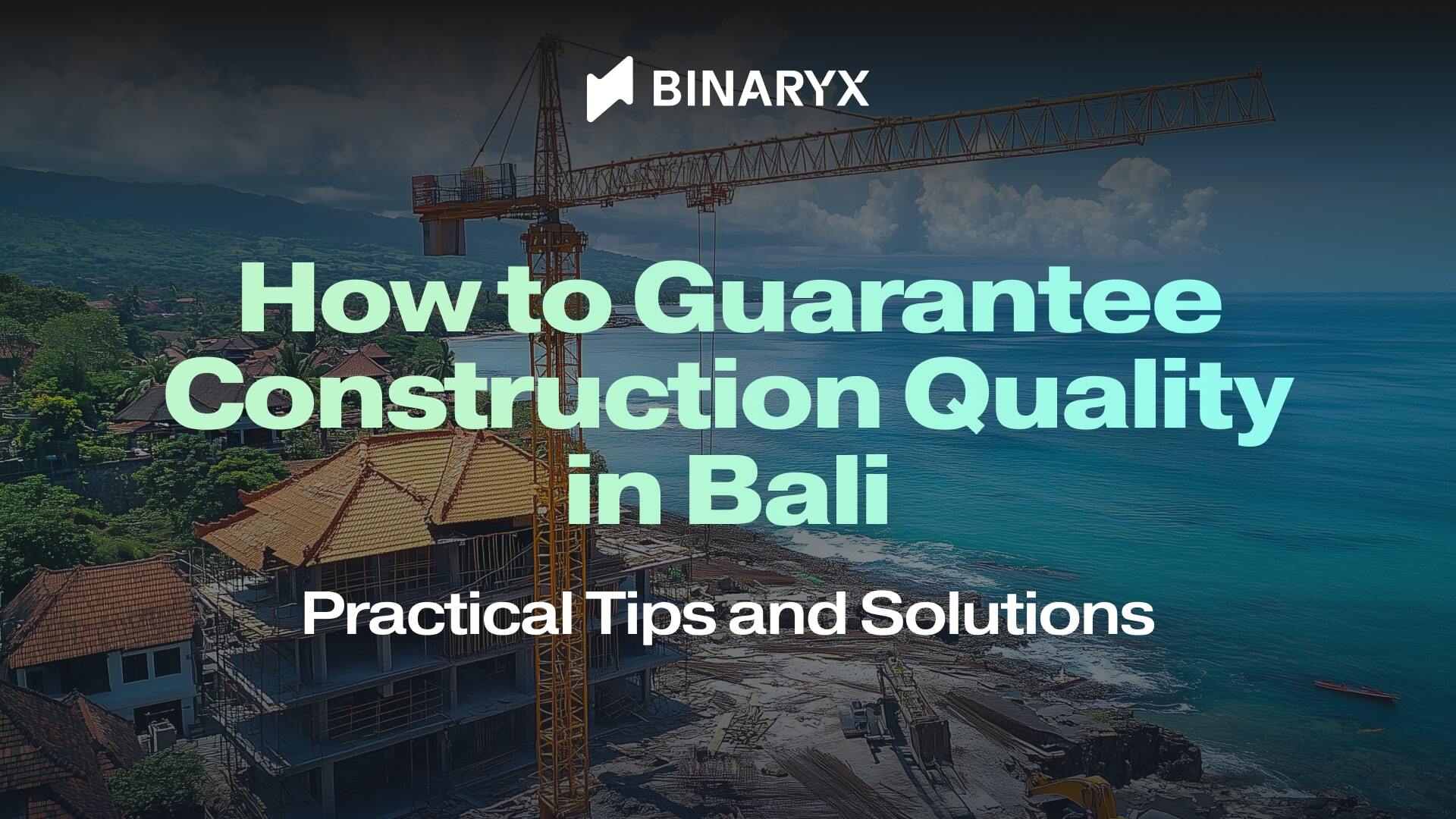
If you've spent any time in Bali, you already know the quirks of its climate—humidity that hits like a wall, and rain that can flood a street in minutes. But it’s not just the weather. If you’re considering buying property or, heaven help you, building your own, the quality of construction becomes a critical issue, right up there with navigating the legal landscape. In this article, we’ll dive into the real challenges of construction in Bali and how to make sure you end up with a property that stands the test of time.
Boom, Bust, and Recovery: Bali’s Construction Market After Covid
Covid brought an unprecedented shock to Bali’s construction market, one that far outweighed even the impact of past disruptions like volcanic eruptions. Before the pandemic, the market was experiencing rapid growth, with new developments everywhere. But as soon as Covid restrictions hit and travel to Bali became impossible, the market essentially died. Projects stalled, investments froze, and both small and large developers struggled to survive.
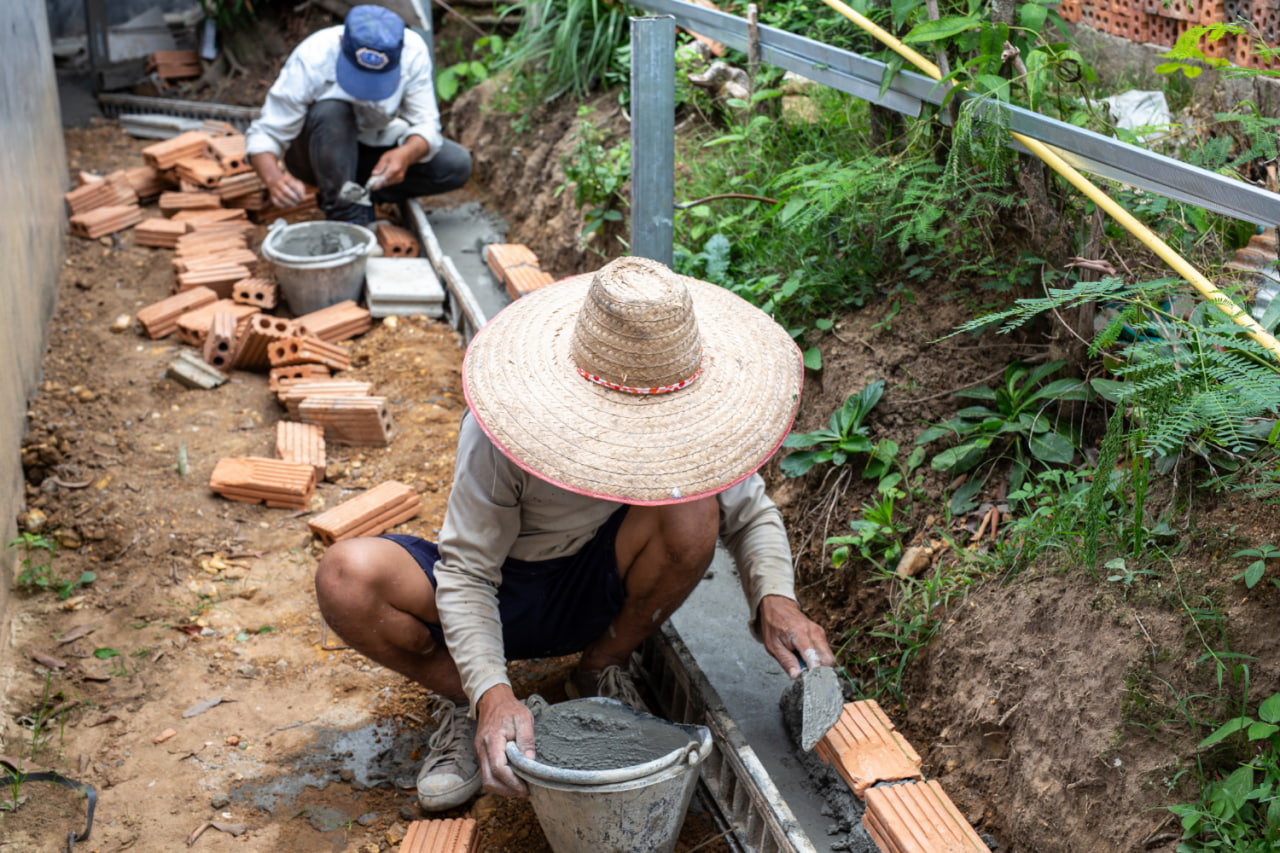
Bali’s real estate market has always followed cycles of rapid growth and slower phases. During boom times, small developers flood in, often taking on more than they can handle financially. When things slow down, they get stuck, unable to complete projects, and costs skyrocket. Covid brought an even harsher version of this cycle—everything stopped. Many small developers went under, while larger ones had to pause and rethink their plans. The rental market also shifted, as short-term leases vanished and owners turned to long-term options to survive. Long-term property owners managed to cover their costs, but short-term rental investors took the hardest hit.
When restrictions were finally lifted, the market roared back to life. However, this post-Covid recovery wasn’t smooth. A new wave of developers, many inexperienced and eager to make up for lost time, entered the scene. Construction projects surged once again, but the rush to build led to significant quality issues. Developers cut corners, skilled labor was in short supply, and coordination with contractors became a major problem. The result? Many new buildings today are plagued by poor construction, leaving investors and property owners facing higher costs and bigger risks than ever before.
Handling Bali’s Climate: The Right Materials, Drainage, and Ventilation
Bali’s climate brings a double challenge: high humidity throughout the year and intense seasonal rains. With average humidity levels of 75%, reaching up to 95% during the rainy season, properties are at constant risk of moisture damage. Both the structural integrity of buildings and the longevity of finishes and furniture depend heavily on how well these issues are managed. Addressing them requires a holistic approach, taking into account materials, drainage, and ventilation systems.
Materials play a critical role in combating humidity
On an island like Bali, where construction materials are often limited, builders commonly use foam concrete blocks due to their affordability. However, these blocks are highly absorbent, making them unsuitable for Bali’s damp conditions. A better option is autoclaved aerated concrete (AAC) blocks. These are lighter, stronger, and offer far better water resistance. Additionally, investing in proper insulation not only protects walls from moisture but also enhances energy efficiency by reducing the need for excessive cooling.
Drainage is essential in an area that experiences heavy rains
Without proper water management, high groundwater levels can damage building foundations over time. The key to protecting structures lies in quality waterproofing and modern drainage systems that direct water away from the foundation. Soil drainage systems that remove excess water and redirect it ensure that buildings are less vulnerable to the destructive effects of standing water and rising dampness.
Ventilation is often misunderstood in Bali
While traditional solutions like perforated furniture and louvered doors aim to increase airflow, they often fall short. Mold, termites, and other pests thrive in poorly ventilated spaces, even if only default air conditioning is used (since it doesn’t lower humidity). Instead, a balanced ventilation system, including forced air and exhaust systems, is essential. These systems regulate humidity by isolating indoor air and mixing it with fresh outdoor air, all without causing drafts or noise.
Seismic Safety in Bali: Fortifying Your Property’s Foundation
Bali sits within the Pacific “Ring of Fire,” a highly seismic zone where the Indo-Australian and Eurasian tectonic plates meet. This constant movement can cause earthquakes and, in some cases, tsunamis, putting buildings at serious risk. Even minor tremors can weaken structures over time, while stronger quakes may cause catastrophic damage. Building to withstand these forces is crucial, especially for long-term property investments.
Foundation is the main line of defense
Reinforced concrete is commonly used in Bali due to its cost-effectiveness and durability. When executed with high-quality materials and proper engineering, it can offer solid protection. However, Bali’s harsh environment and inconsistent local concrete quality often reduce its effectiveness. This makes it necessary to adopt more advanced techniques in high-risk areas.
To better safeguard buildings, seismic-resistant technologies like micropiles have proven effective. These steel micro-piles can stabilize foundations in areas with loose soils, such as rice fields and sandy zones. They provide greater resistance to seismic forces and prevent gradual weakening from tremors.

Eco-Friendly Building in Bali: Sustainable Materials and Techniques
Building in Bali often forces a choice between eco-friendliness and durability. Most sustainable materials lack the long-term strength of conventional options like concrete or they come at a higher price, except for bamboo. However, with careful planning, it’s possible to strike a balance that offers both. Whether developers will consistently pursue this balance is uncertain, but you can try and find sustainable and durable solutions.
Bamboo is the Best Eco Material in Bali
Bamboo is a traditional, sustainable building material in the region, valued for its strength, flexibility, and affordability. It grows at a rapid rate, sometimes reaching over a meter in height in a single day, and is typically ready for construction within 3 to 5 years. The specific type used for building, Dendrocalamus Asper, has structural qualities comparable to steel and concrete. Properly treated bamboo, integrated into a well-designed framework, requires minimal maintenance. A single coat of weather-resistant treatment applied before construction is usually enough to ensure longevity. Buildings made with bamboo can withstand the elements for decades, requiring only occasional cosmetic repairs to maintain their appearance.
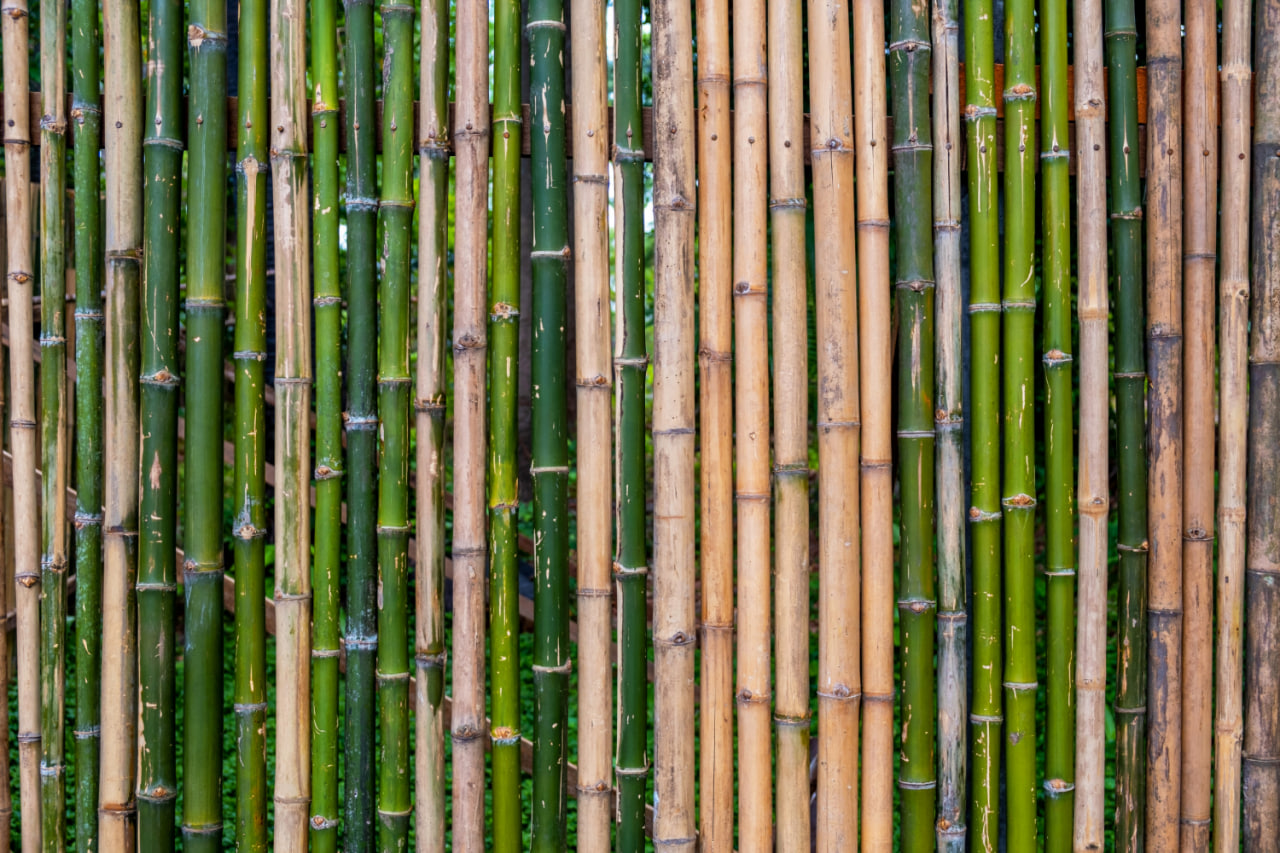
Rammed Earth Can Help with Foundation
Rammed Earth, or compacted soil, is another eco-friendly building technique that blends Bali’s architectural heritage with modern construction principles. This method uses locally sourced materials like clay, sand, and gravel, making it a sustainable option that reduces the environmental footprint of construction. Rammed earth structures are known for their natural aesthetic, with earthy tones and textures that complement Bali’s landscape. The process involves layering and compacting soil into a sturdy framework, often reinforced with stabilizers like cement for added strength. Proper insulation and moisture protection measures are essential in Bali’s humid climate to ensure the longevity of rammed earth structures.
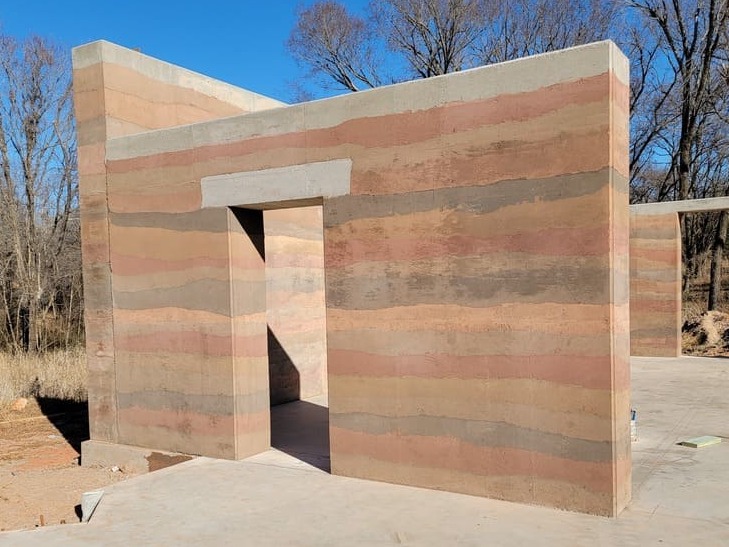
Construction Journey in Bali: Steps, Timelines, and Supervision
Building in Bali follows the same fundamental steps as construction anywhere else, but the island’s unique environment and regulations add some extra layers of complexity. The process starts with project development, which includes conceptual design and the preparation of working documentation. This stage lays out the building’s structure, load calculations, and its ability to withstand seismic activity, a critical factor given Bali’s location in a seismic zone.
The design process involves three key components: architecture, materials, and MEP (Mechanical, Electrical, and Plumbing). The architectural design focuses on how materials will be used and where internal walls and partitions will be placed. The MEP stage handles the technical aspects of the building, such as water supply, electrical systems, and ventilation. Once these are finalized, you move to the budgeting stage, which involves calculating costs, holding tenders, and selecting a contractor.
Construction Duration
- Simple Projects: A single-story villa can be completed in around six months.
- Complex Projects: Multi-story villas with features like rooftop terraces may take 11–13 months.
- Large Developments: Projects like villa complexes or apartment buildings may require 14–15 months and up to 2 years for larger structures.
After construction is complete, the property is handed over to the owner through a multi-stage acceptance process. This phase includes a warranty period during which any flaws or issues discovered during use are corrected by the contractor.
Supervision and Quality Control
Note that ensuring high construction standards in Bali may require multiple levels of supervision:
- Contractor Supervision: The contractor is responsible for overseeing day-to-day construction and quality control.
- Internal Technical Supervision: An internal team performs additional checks to ensure the project meets the required standards.
- External Independent Supervision: Hiring an external inspector adds an extra layer of quality assurance, ensuring the project stays on track.
How to Build a Property in Bali: Step-by-Step Guide
1. Assemble a Strong Team
Start by selecting the right team. You’ll need a reliable lawyer, architect, structural engineer, project manager, inspector, and builder. Don’t rush this process—check their credentials, review their past work, and talk to former clients. Keep the relationship professional and avoid hiring friends. Importantly, ensure that your team has Indonesian qualifications, as foreign credentials won’t hold up in local courts if legal issues arise later.
2. Prepare Full Documentation
Before breaking ground, make sure the project is fully documented. This includes detailed drawings, construction plans, and a bill of quantities. If you’re not confident in the documents, get a second opinion from an expert. The architect’s name should be on the plans, and make sure they actually designed them. Ask the builder for a project timeline broken into tasks, along with an accurate cost breakdown. If the builder hesitates, that’s a red flag.
3. Control the Money Flow
Manage the money carefully. Set up a payment schedule that gives you leverage throughout the project. Avoid paying too much upfront—builders sometimes abandon projects once they’ve received most of the payment, especially during the final, more costly finishing stages. It’s important to find a balance: negotiate a fair price but don’t push for too low a price, or you’ll risk low-quality work.
4. Supervise Every Step
Full supervision is key to ensuring quality. Have an independent inspector check every phase of the construction. The structural aspects, in particular, should be evaluated by a qualified structural engineer, not an architect or builder. Frequent inspections help catch problems early, preventing costly mistakes down the line.
Binaryx Properties: Quality and Sustainability You Can Trust
Binaryx simplifies real estate investing by offering tokenized opportunities, allowing you to invest with as little as $500. But what sets Binaryx apart isn’t just affordability—it’s the rigorous due diligence we conduct on each property. Every project we offer undergoes strict checks for construction quality, sustainability, and long-term value potential. This ensures that when you invest through Binaryx, you’re securing a piece of a high-quality property, not just a fraction of an unknown asset. Let’s dive into two real examples of properties on our platform.
Nexa Sky Garden Case Study
Located in the tranquil coastal area of Pererenan, Nexa Sky Garden merges sleek, modern design with sustainable living. The property features high ceilings, panoramic windows, and environmentally friendly building materials. Smart eco-features, such as advanced water management systems and solar energy, make this a project built for the future. If you invest $10,000 in Nexa Sky Garden as of October 2024, with a projected return of 19.2% by Q4 2025, could increase your investment to $11,920 by the time of exit. Explore more about Nexa Sky Garden on Binaryx.
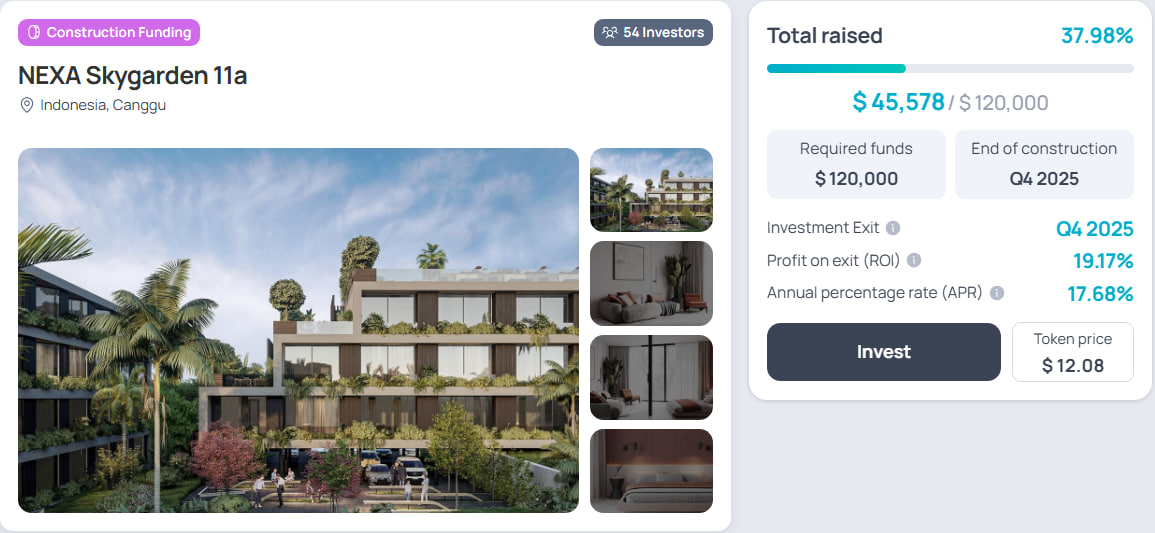
Ecoverse Suite Case Study
Ecoverse Suite, part of the Nuanu eco-village in Bali, raises the bar for sustainability by integrating eco-friendly design into a larger, community-focused ecosystem. It’s not just a standalone complex—it’s part of a growing sustainable community. With energy-efficient materials, intelligent storage, and shared amenities, Ecoverse Suite is a solid, forward-thinking investment. Putting $10,000 into Ecoverse Suite in October 2024, with an expected return of 17.42% by Q2 2025, your investment could grow to around $11,742 within a year. Discover more about Ecoverse Suite on Binaryx.
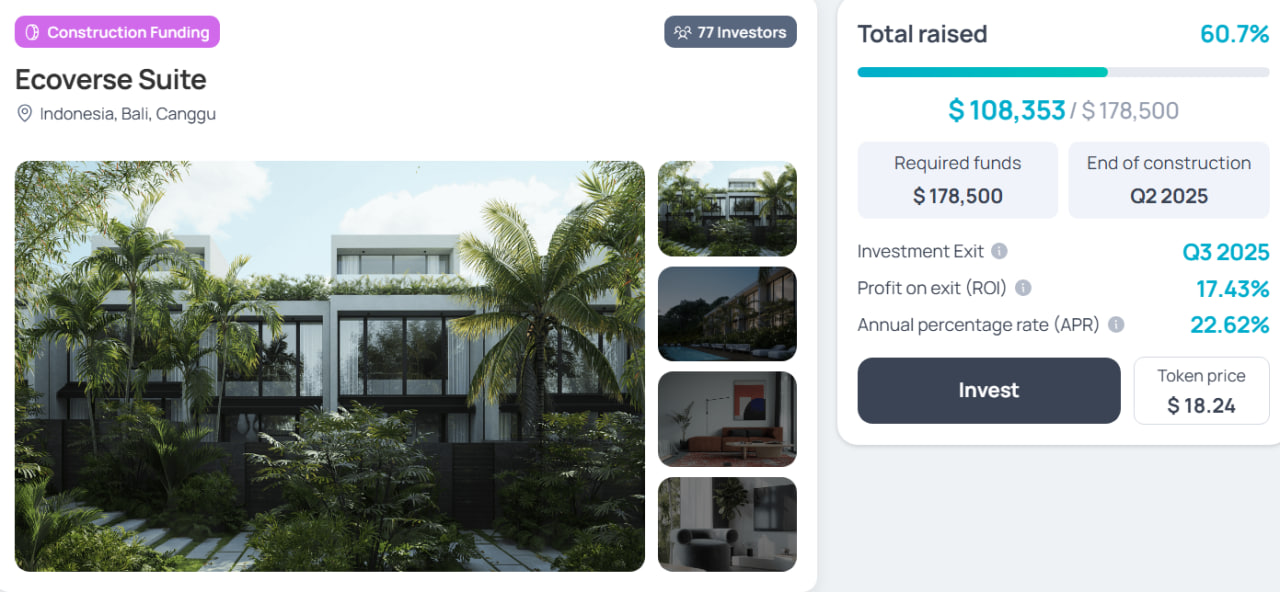
Conclusion: Building Right in Bali and Investing Wisely
Constructing a quality property in Bali isn’t without its hurdles—high humidity, heavy rains, seismic risks—but with the right knowledge, these challenges can be managed. Choosing the right materials, ensuring proper drainage, and incorporating ventilation systems are key to creating buildings that last. Eco-friendly materials like bamboo and rammed earth offer sustainable solutions, while solid foundations protect against seismic activity. The real lesson? Thoughtful planning and the right team make all the difference in ensuring a high-quality build.
If you’re looking to bypass the headaches of construction but still want a piece of Bali’s real estate market, Binaryx makes it easy. We carefully vet each property for quality and long-term value, so you can invest confidently. Start small, or go big—it’s up to you. With Binaryx, investing in real estate has never been more accessible or secure. Ready to explore? Your next opportunity could be just a click away.
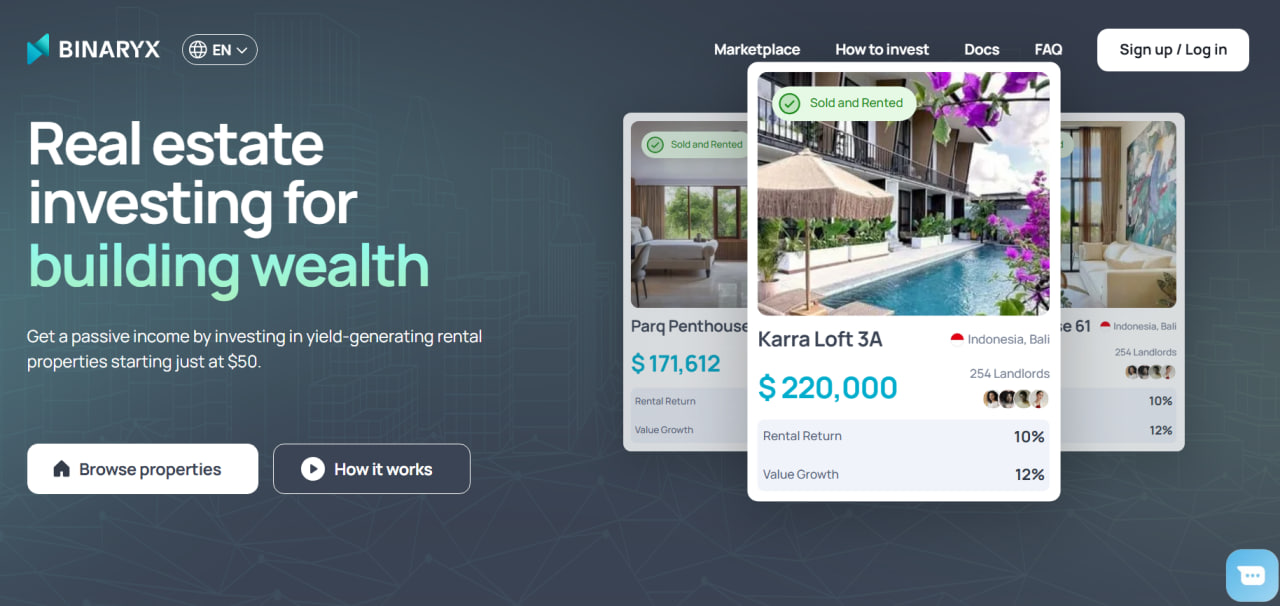
Articles you may be interested in




.jpeg)
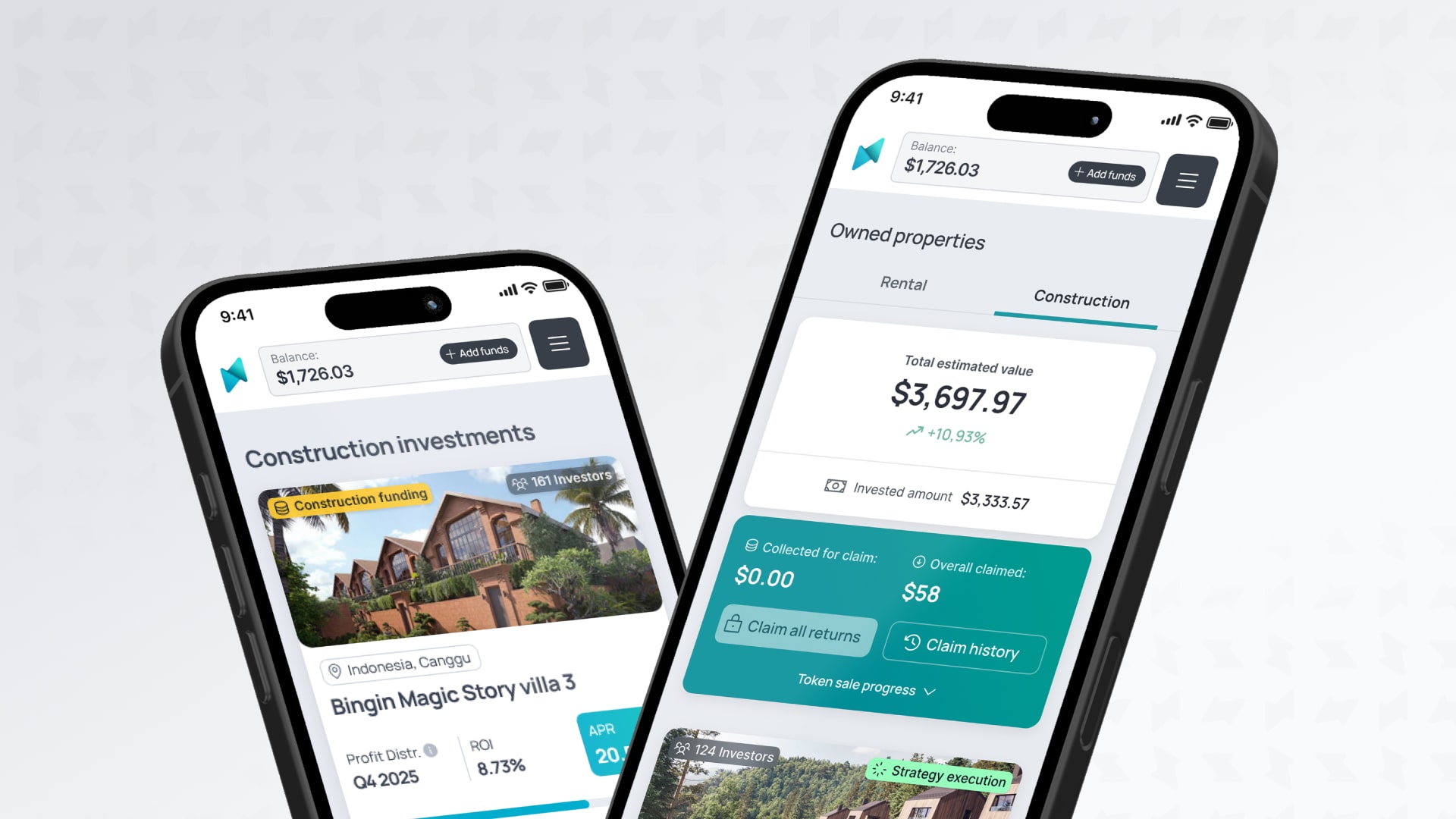
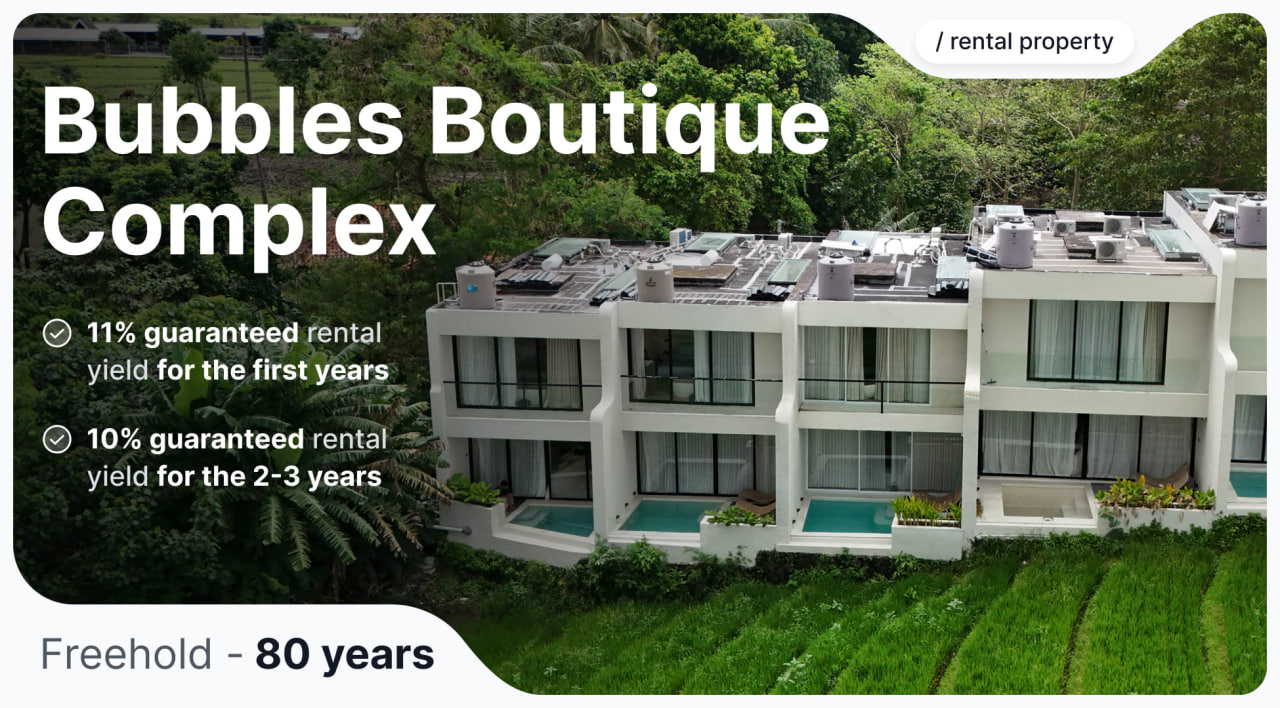

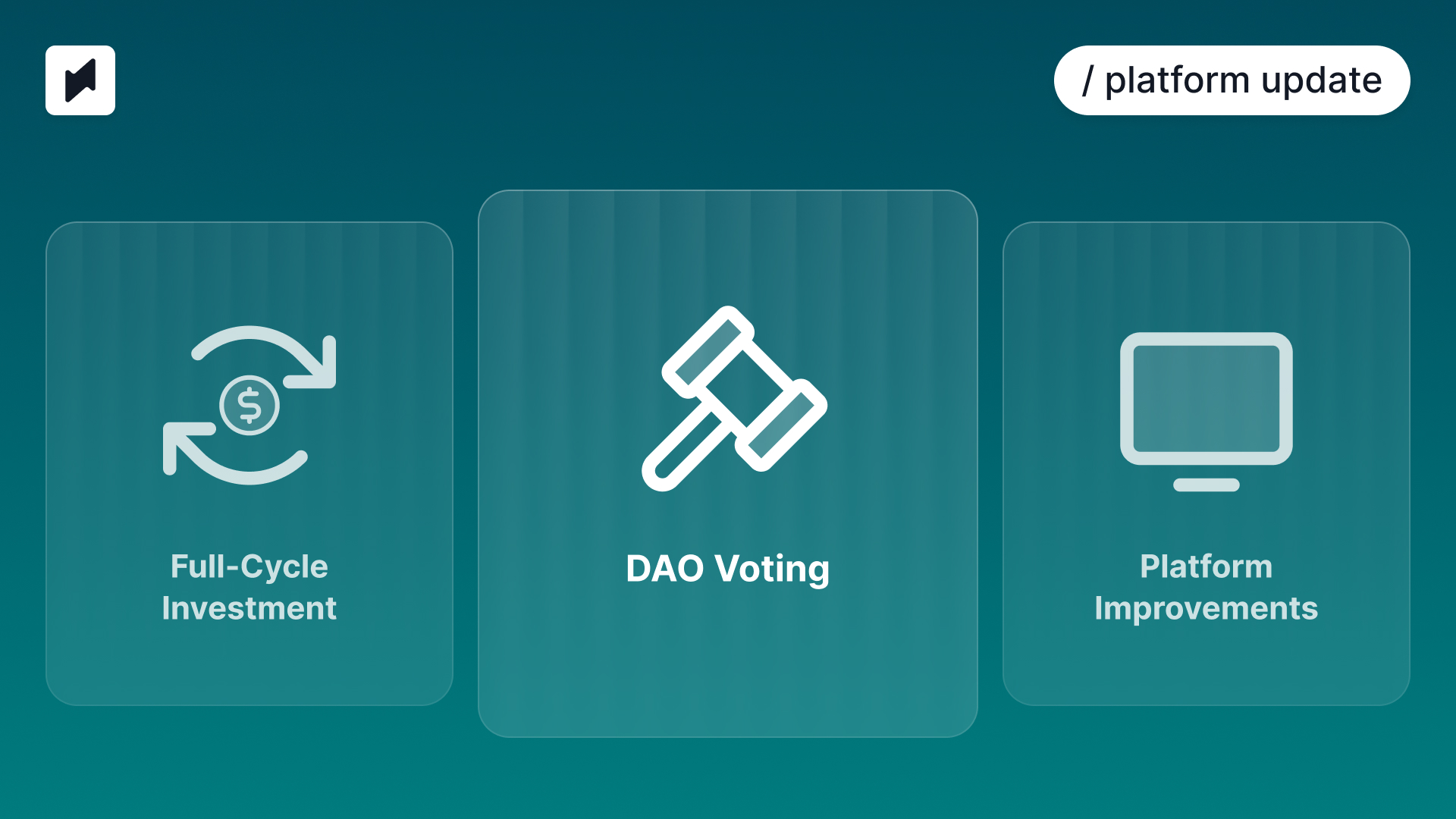
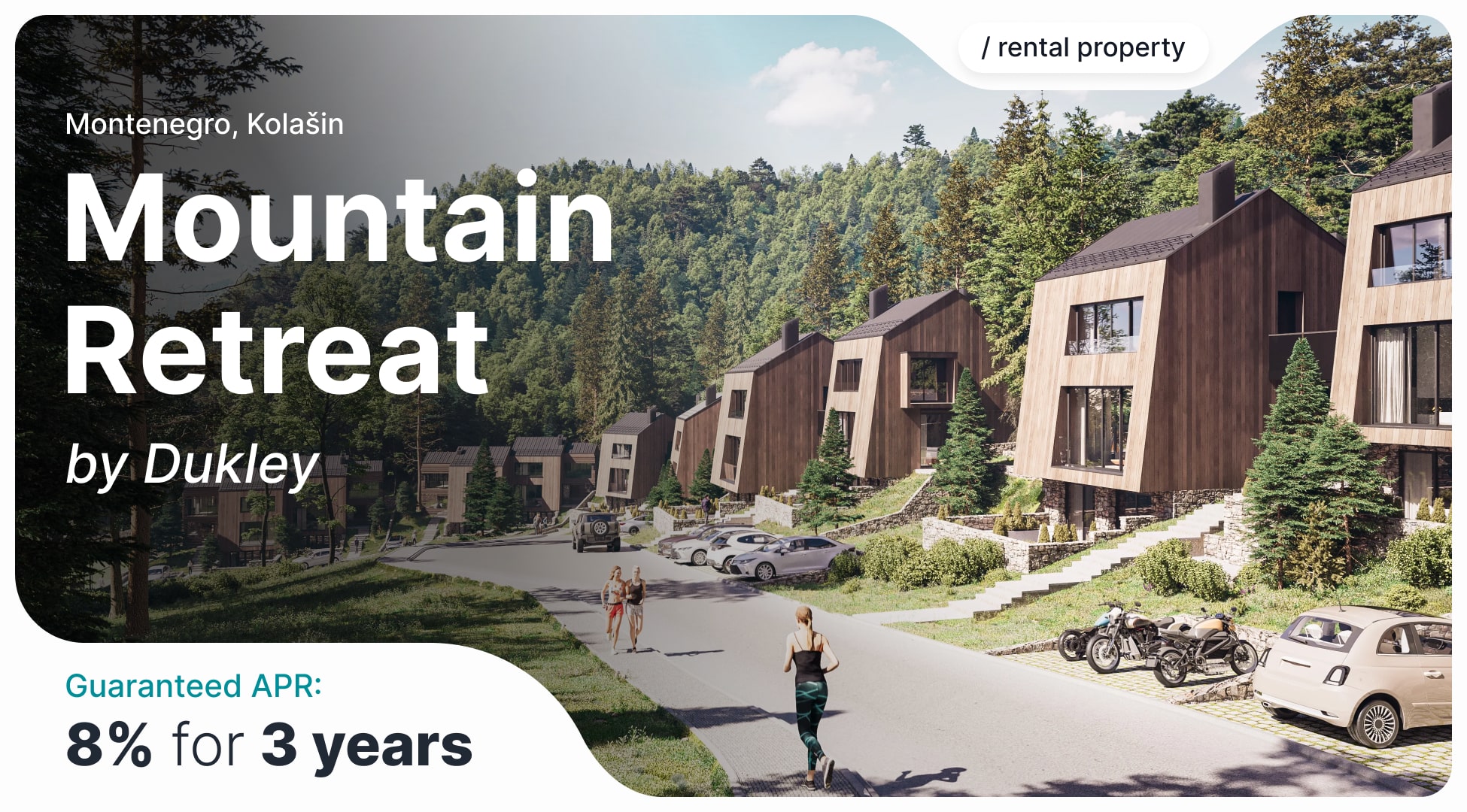
-min.jpeg)
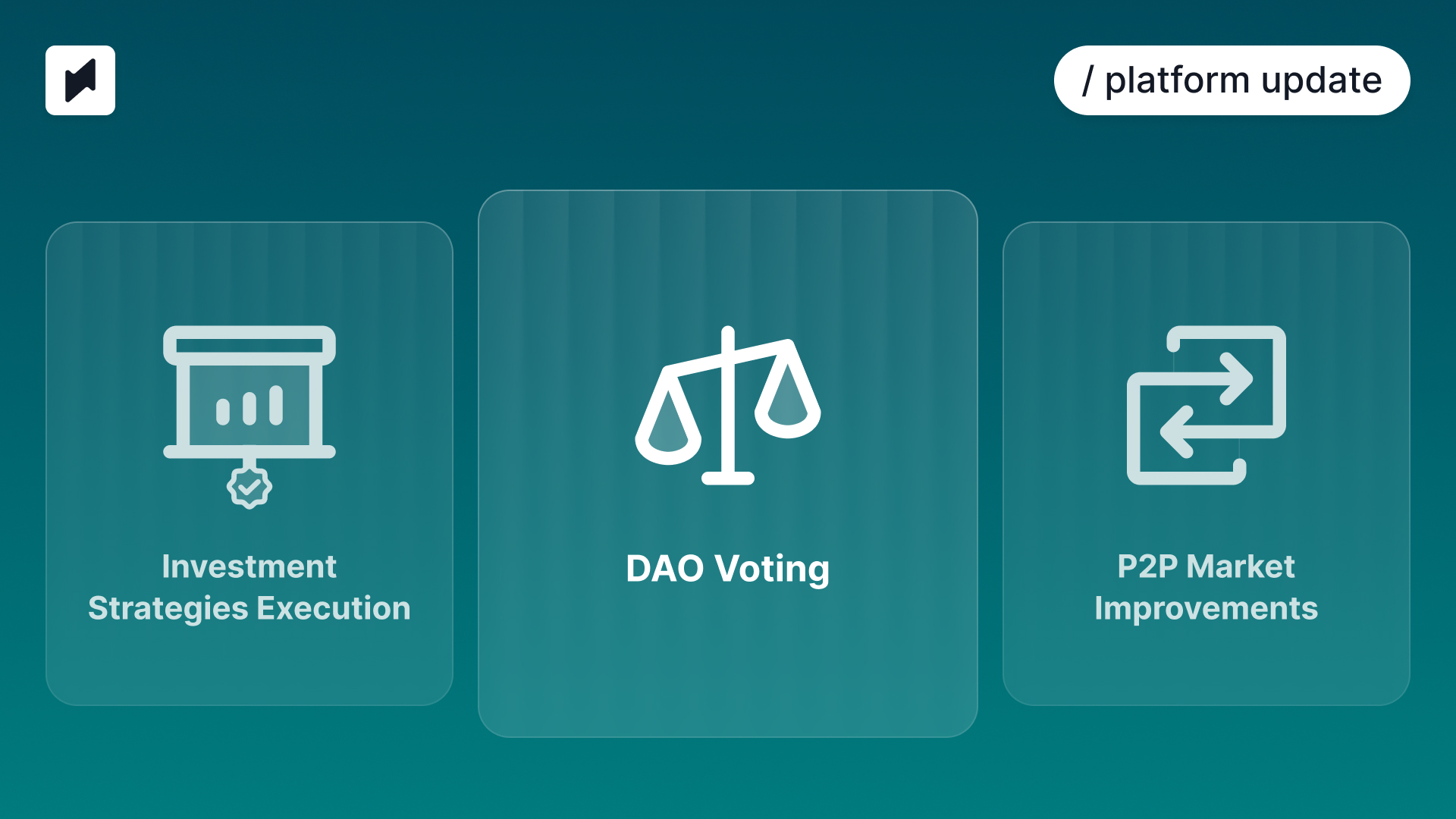
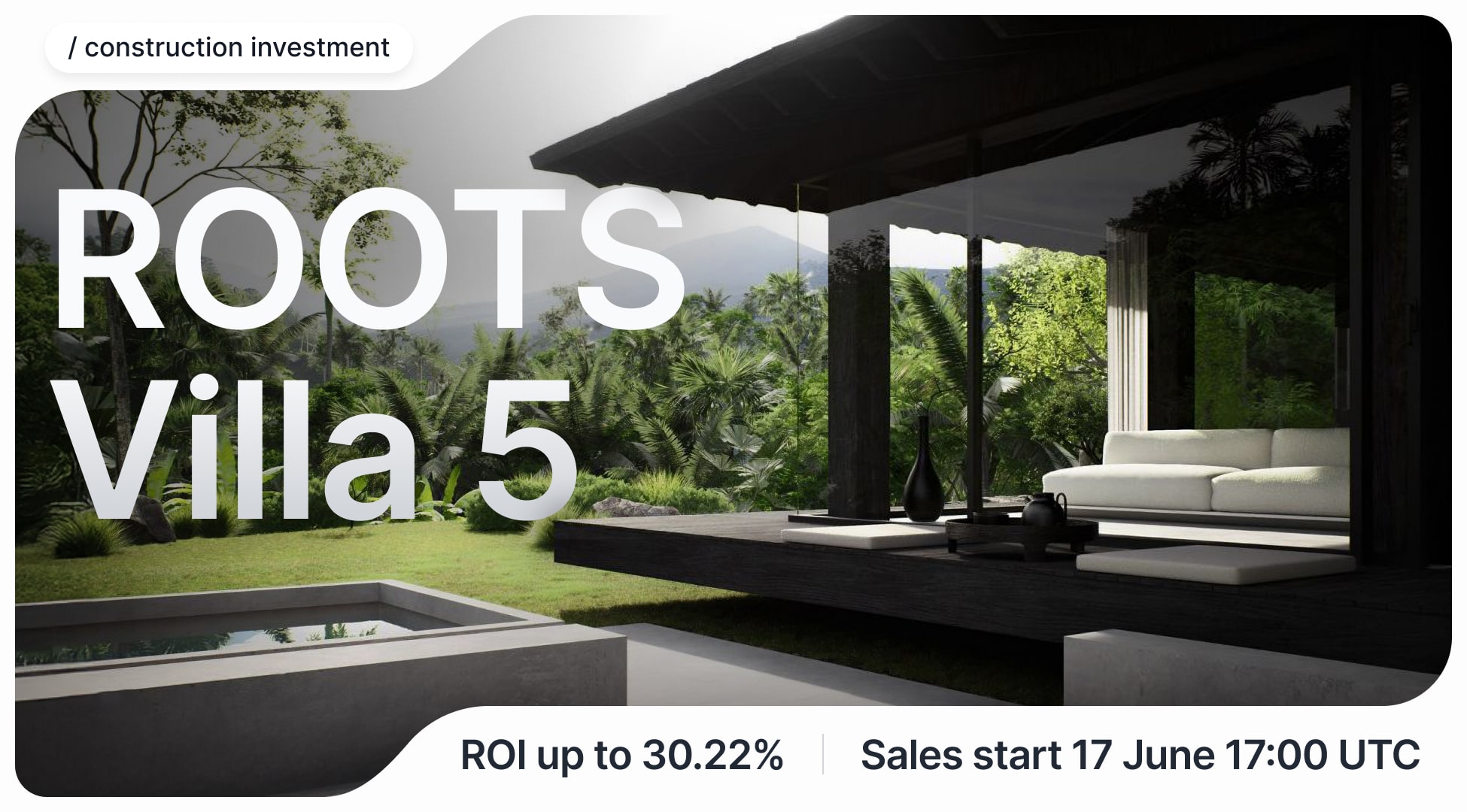
.webp)